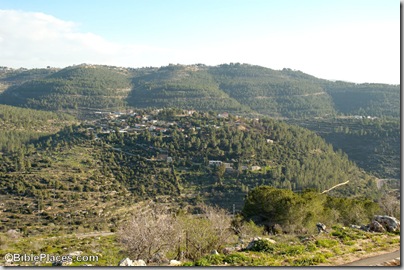A fire started by teenage hikers has destroyed 250 acres in the forested area west of Jerusalem, reports the Jerusalem Post.
Several teenagers were taken in for questioning in connection with a fire near the capital’s southwestern edge that destroyed 1,000 dunams (100 hectares) of forest, forced the partial evacuation of the moshavim of Ora, Aminadav and Even Sapir, and came close to doing the same for Hadassah University Hospital in Ein Kerem, Jerusalem police announced on Sunday night.
According to a police spokesman, students from a haredi school in the Jerusalem area were hiking near Ein Hamdak, inside the Aminadav Forest. Some of the students were apparently playing with fire and started the blaze, which got out of control. The group then allegedly left the scene and continued toward Jerusalem before being found by detectives from the Moriya District.
The full story is here. The Haaretz story is here.
UPDATE (7/26): A resident of Even Sapir has written that this moshav was not evacuated, contrary to media reports. The JPost article linked to above now reports that the first fire and a second one at Khirbet Sa’adim are both under control and evacuated residents are returning.
